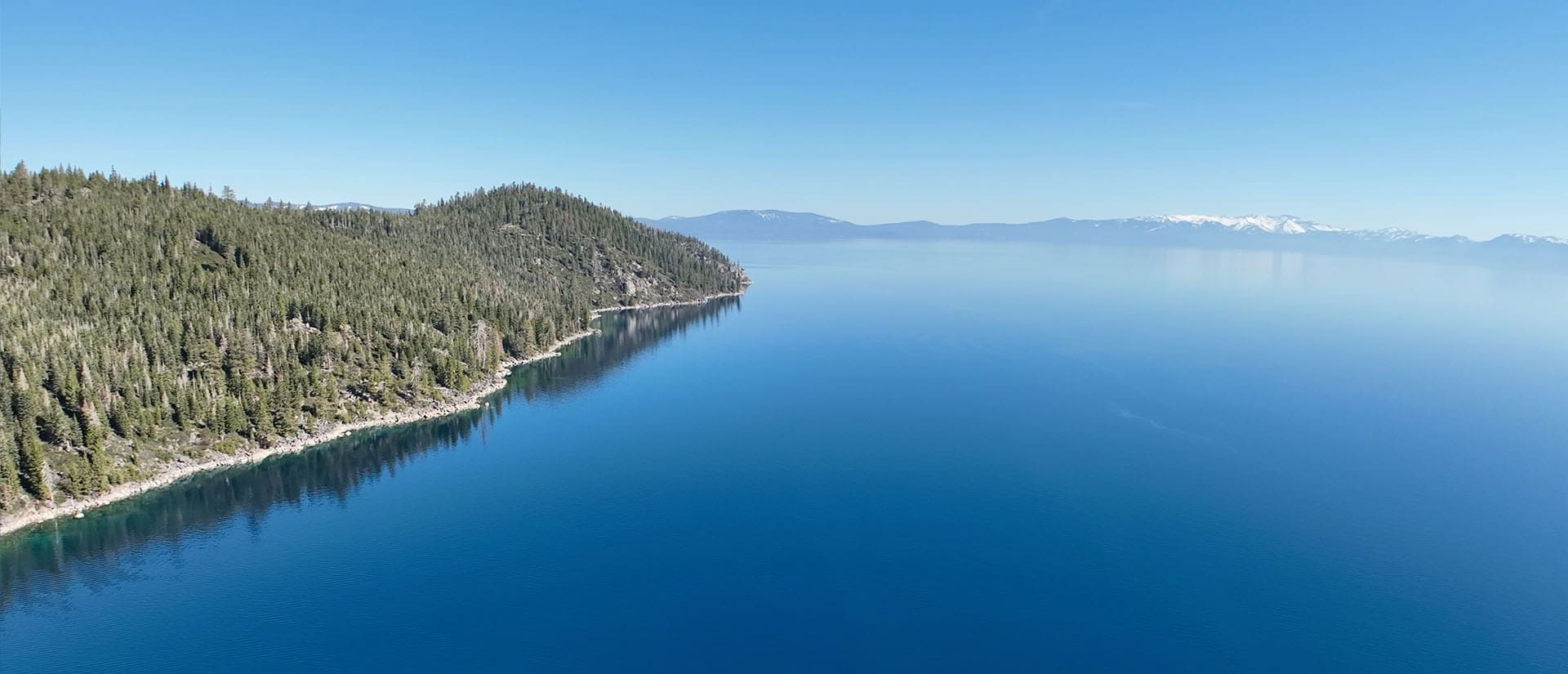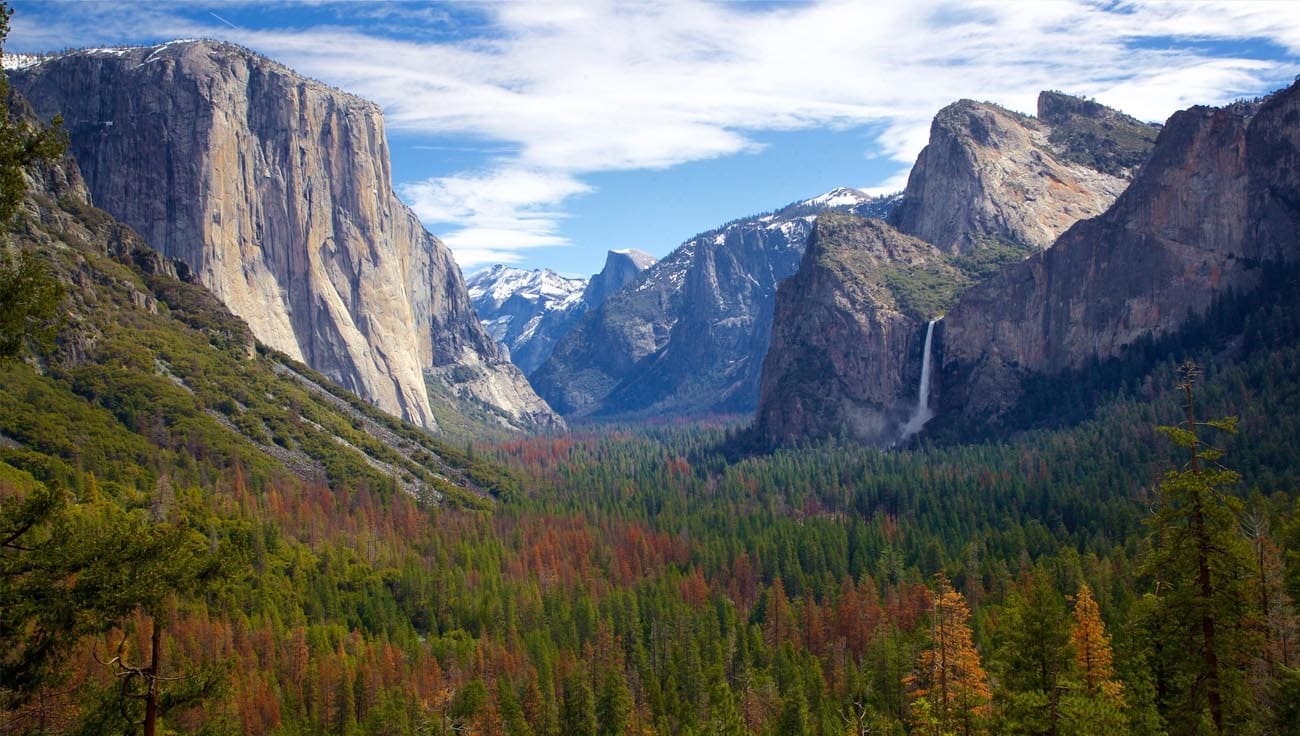Beneath the Blue: The Science Behind Lake Tahoe’s Mesmerizing Color
If you’ve ever found yourself standing on the shores of Lake Tahoe, your gaze transfixed by its shimmering sapphire facade, you may have wondered, “Why is Lake Tahoe so blue?” We are about to embark on a journey of discovery, diving into the depths of science, and resurfacing with answers that are as crystal clear as the lake itself.
Now, if you were thinking that the mesmerizing blue of Lake Tahoe is simply a reflection of the sky, you wouldn’t be entirely wrong. But, oh, there’s so much more to it than that. Prepare to unravel the secrets of this natural wonder!
The Clarity Conundrum
For the longest time, scientists attributed Lake Tahoe’s distinctive color to its shocking clarity. The water in Lake Tahoe is so clear that on a good day, you can see objects 70 feet below the surface! But contrary to popular belief, the clarity isn’t the main reason for its blueness. If it were, then all clear bodies of water would share the same striking hue, wouldn’t they? And we know that’s not the case.
The Algae Angle
According to research, the real hero behind Lake Tahoe’s blue hue isn’t its clarity but rather the lack of something – algae. Algae, or the absence thereof, plays a significant role in giving Lake Tahoe its iconic color.
Algae usually makes water look green, but Lake Tahoe’s waters are notably low in algae. This absence means less green and more blue. So, the next time you’re gazing at the lake’s azure expanse, spare a thought for the absent algae that couldn’t make the party.
The Absorption Act
Adding another layer to this blue mystery is the absorption of light. Water, especially as clear as Tahoe’s, absorbs colors at the red end of the light spectrum, leaving behind the blues and violets for us to admire.
This fascinating phenomenon is the same reason why the ocean appears blue. But in Lake Tahoe’s case, the effect is amplified due to its exceptional clarity and purity. The result? A breathtaking spectacle of cobalt that leaves visitors spellbound.
The Particle Perspective
Lastly, the lake owes its clearness to a lack of fine particulates. These tiny particles often cloud water bodies, but they’re conspicuously absent in Lake Tahoe. This absence allows sunlight to penetrate deeper, enhancing the stunning blue effect.
The answer to “Why is Lake Tahoe so blue?” is a delightful cocktail of science and nature. A combination of the lake’s remarkable clarity, the scarcity of algae, the absorption of red light, and the absence of fine particulates work together to create this natural marvel’s iconic hue. So, the next time you find yourself captivated by Lake Tahoe’s blue, remember, it’s not just a pretty face – there’s some serious science behind that beauty!









